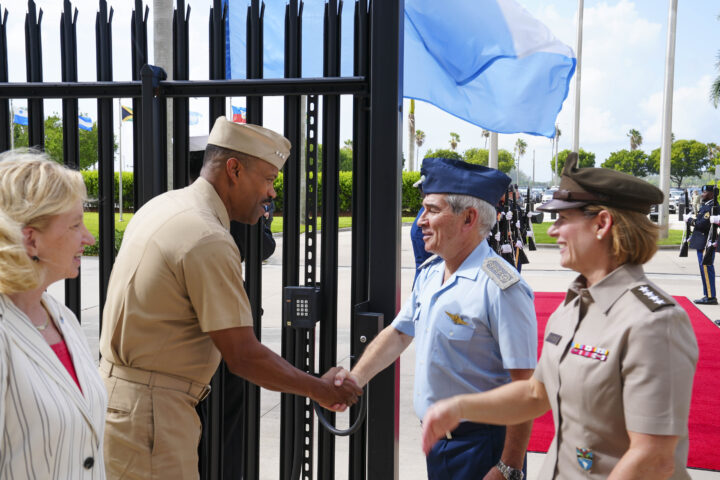
Biden Taps SOUTHCOM Deputy to Lead Combatant Command
President Joe Biden nominated the deputy of U.S. Southern Command to lead the combatant command, the Pentagon announced Wednesday.…

Copyright 2024 U.S. Naval Institute. All Rights Reserved.